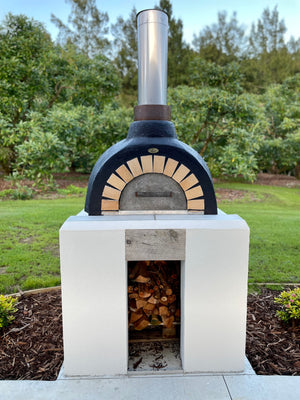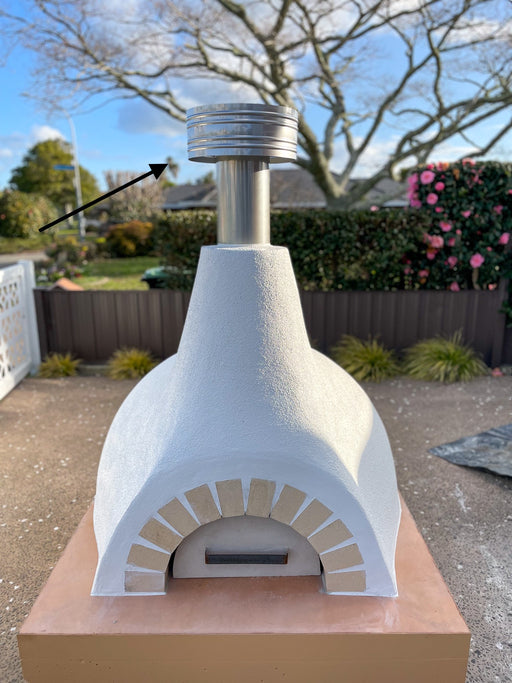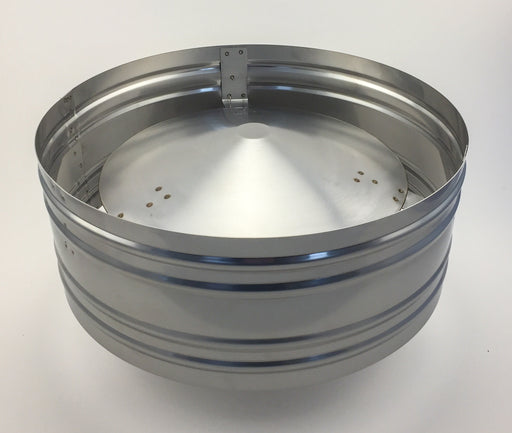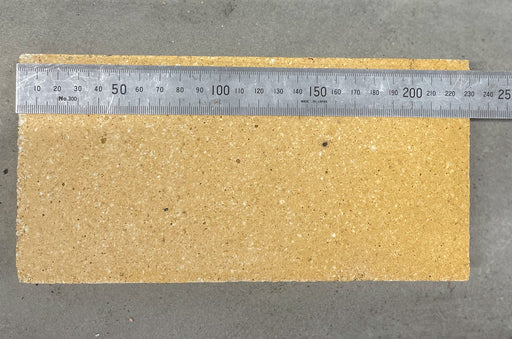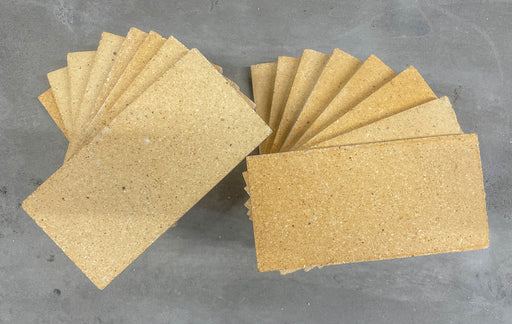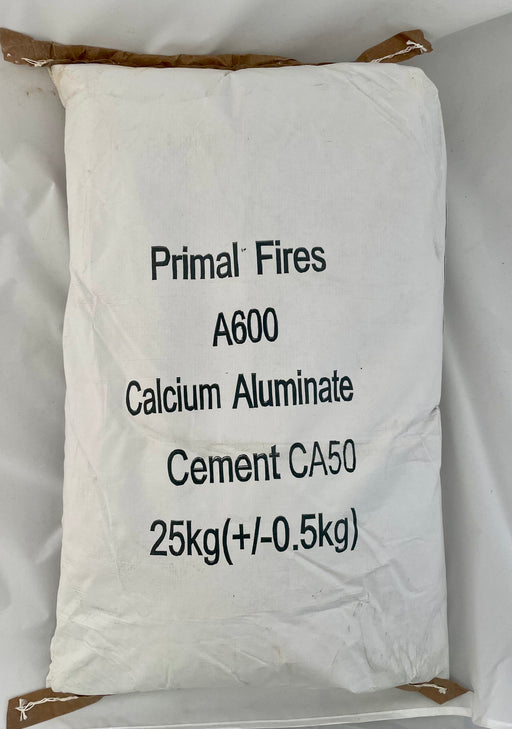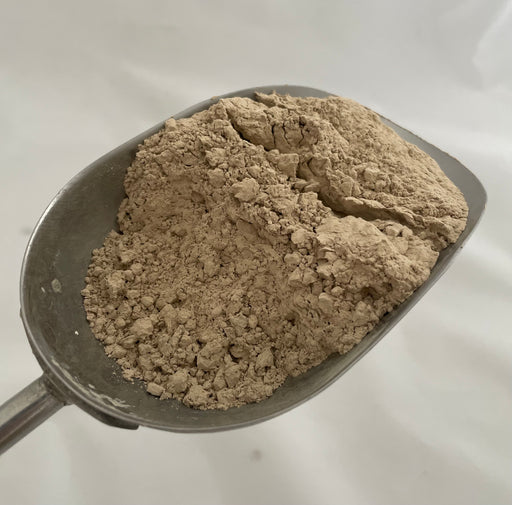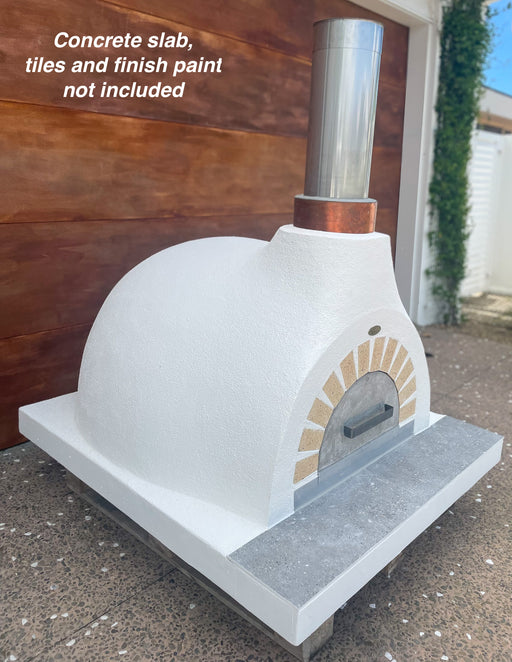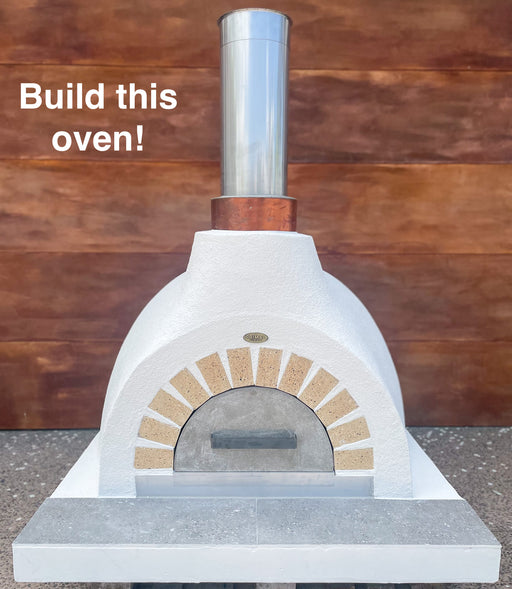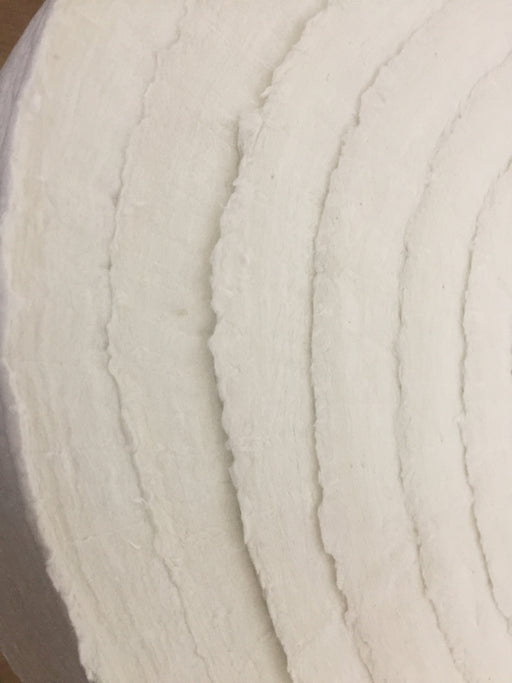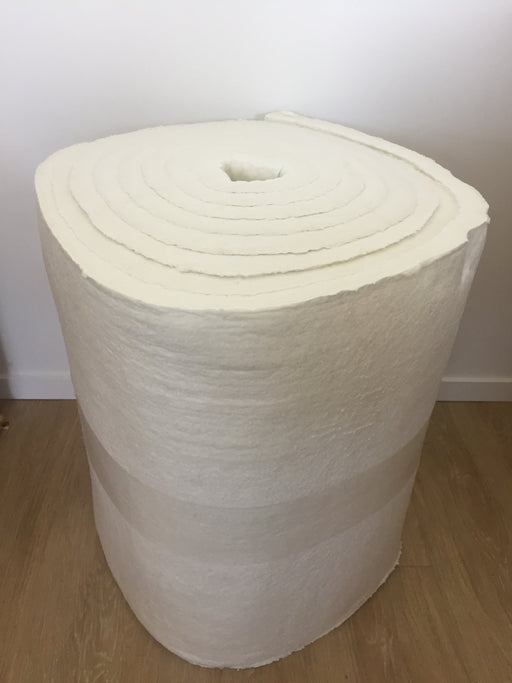Fire - it's etched in our DNA
Fire is deeply embedded in our history. With evidence of controlled fire dating back over a million years, it provided protection, warmth and most importantly, the ability to cook good food. A T Rex chop would have tasted a whole lot better cooked!
While pizzas probably don't date back that far, there is evidence of bread baked in a pizza like format going back many thousands of years. There are ovens preserved from Pompeii that demonstrate remarkable engineering to produce 'pizzas' and other types of food.

Photo of an ancient Pompeiian Oven
So what’s the big deal with a pizza oven?
The term ‘pizza oven’ has become a generic term for a wood fired oven appliance. While pizza might be the main attraction, you can roast or bake a huge range of food.
The ritual of lighting, nurturing and feeding a fire fosters a feeling of connection with our oven and food. It forces us to slow down, relax and enjoy the process.
A wood fired appliance can produce and withstand temperatures far and above a standard domestic oven, to snap cook flavours in, add smoky aromas and give that pizza crust the crunch we all love.
There is just no comparison.
Why use a cardboard mould with refractory mortar?
Building a wood fried oven from bricks is a complex and time consuming task. Traditionally bricks have been the only option, but technology has advanced, and there is now a wide range of refractory materials that can be 'caste' into moulds or shapes. These newer materials are capable of withstanding extreme heat (1500-1800 degrees C) which is way above the levels of a pizza oven!
So basically we are employing new technology to make ovens a lot easier to build. These technologies are being embraced by oven manufacturers around the world and you can now use them in your own back yard using a disposable mould.


